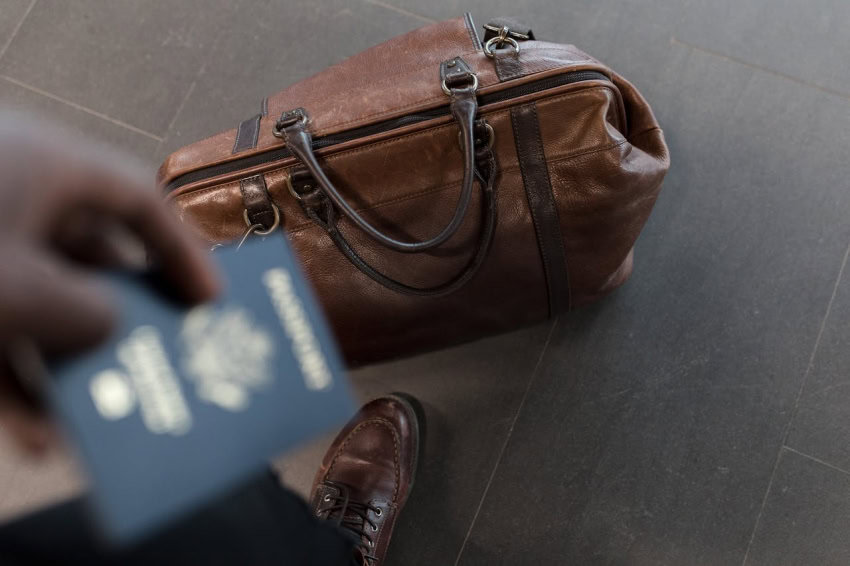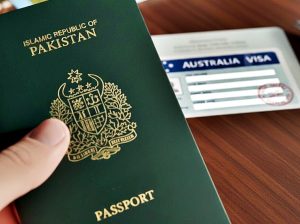WASHINGTON – The US government has concluded a trial run of “paperless visas,” eventually paving the way for widespread use of the same to replace the traditional stickers.
The development was confirmed by Deputy Assistant Secretary of State for Visa Services, Julie Stufft who said that the visa processing would stay the same though it would be paperless soon; those who need to appear for an interview for the visa would still be required to do so.
We did our first small-scope pilot of a paperless visa, which means that the visa process is the same but there’s no physical visa in someone’s passport. We just piloted this for the first time, so this is not something that’s going to be happening in the next year, she said on Wednesday.
As far as the timeline for the complete replacement and widespread implementation of the project is concerned, the official noted that it would take around 18 months.
The official also hinted at the possibility of designing an app in the future to display visa status, adding that now the administration was branching out to other types of visas.
‘We started with our embassy in Dublin. Because there is an airport facility there with US officials who could check it before someone boarded a plane. We fully expect to expand that regionally and throughout the world. It will be piece by piece though,’ she elaborated.
The paperless visa regime is not totally new as several countries have implemented or were in the process of adopting paperless visa systems including the United States, Canada, Australia, the United Kingdom, Singapore, New Zealand, and various European nations like France, Germany, Italy, and Spain.
The advantages of paperless visas include enhanced convenience for travelers by eliminating the need for physical documents, reducing the risk of lost or damaged papers, and facilitating quicker processing times. It enables efficient digital verification, streamlines border controls, and supports eco-friendly practices by reducing paper usage. Additionally, it allows authorities to update and manage visa information more dynamically and securely.














